Technology

5 min
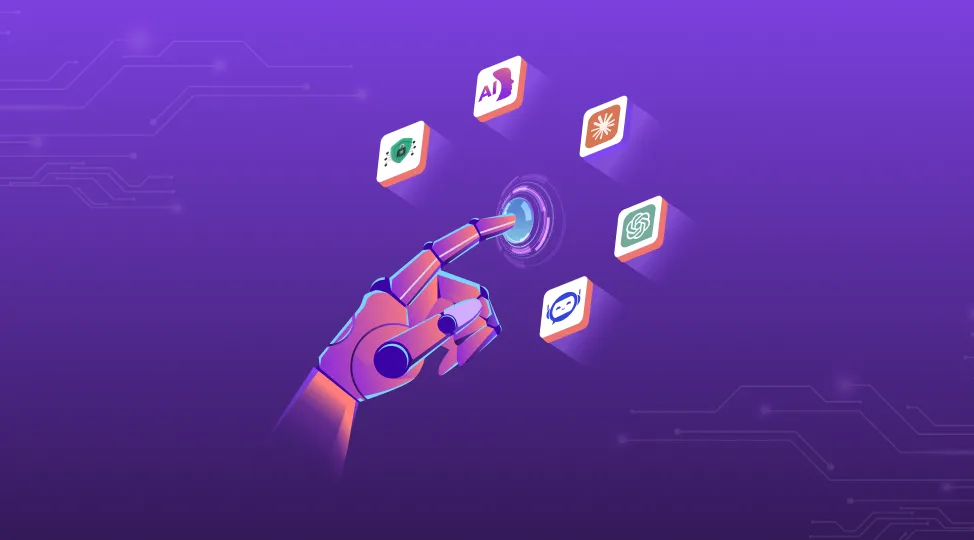
Discover the top AI language models 2025 trends transforming business. Learn how generative AI models for language, ChatGPT integration services, and AI implementation services can drive better ROI, automation, and growth for your enterprise.

By Dhruv Joshi
01 Aug, 2025
AI is moving faster than ever. In 2024 alone, over 77% of companies said they were experimenting with or deploying AI language tools. And with 2025 right around the corner, the next wave of innovation is already taking shape.
But here's the deal: If you're a business owner, startup founder, or running an enterprise team, it's not just about watching trends, it's about using them before your competition does.
This blog will walk you through the top AI language models 2025 trends to keep your eye on. From generative AI models for language to smart ChatGPT integrations, everything here is built to help you take action today and lead tomorrow.
You've already adopted AI. Maybe even integrated it into parts of your workflow. But if you're still stuck with low ROI, the problem might not be your strategy; it's how you're using AI language models.
These models are no longer just text generators. In 2025, they're decision-makers, brand voice enforcers, and time-saving engines.
Here's how modern businesses are winning with them:
Whether you're exploring ChatGPT for enterprise or already deploying custom setups, tapping into AI language models correctly can cut hours, reduce costs, and sharpen competitive advantage.
It's not about adding more tools, it's about making your existing tools smarter.
Now, let's break down the trends driving that transformation.
Let's dive into the top new technology trends that will shape the future of AI language models and how you can benefit from them. At Quokka Labs, we track these trends closely as part of our enterprise AI implementation services.
In 2025, one big shift will be the move toward smaller, task-specific models that run faster and cost less.
Why it matters: Not every business needs a massive model like GPT-4. Lightweight models can be:
These models also reduce latency, which means your app or assistant responds quicker, perfect for customer-facing tools.
Tip: If you're building something custom, explore generative AI development services to tailor small models to your product.
2025 will see more multimodal models, tools that understand not just text but images, audio, video, and more.
For example:
Why this matters for you: Multimodal systems let your AI tools become more human-friendly. You'll serve more people in smarter ways.
You'll see generative AI models for language used inside CRMs, training tools, healthcare systems, and even factory floors.
Users are tired of generic answers. In 2025, expect AI language models to become much more personal and contextual.
That means:
This is powerful for:
Want to build an assistant like this? Consider AI chatbot development services to help get you up and running.
One major trend is deep and seamless ChatGPT integration into platforms you already use — like Slack, Notion, Trello, Salesforce, and even your own dashboard.
Why it matters: You won't need to switch between tools. Your team can write, search, summarize, and plan using AI from where they already work.
Smart companies are investing in ChatGPT integration services to embed these capabilities directly into their systems.
In 2025, more businesses will explore the balance between generative AI vs large language models.
Here's what that means:
This hybrid setup helps reduce cost, improve speed, and deliver better control.
Explore your options with full-service AI implementation services built for your business type.
Privacy, compliance, and safety are becoming core parts of every AI rollout. In 2025, expect more tools to include:
These are key for industries like:
If you're a startup serving enterprise clients, planning for this now will save you major rework later.
AI language models in 2025 will increasingly learn from your own company data, safely and in real-time.
That means your chatbot or assistant will:
This reduces the need for manual re-training and keeps your tools always up to date.
Want to get ahead? Start with generative AI implementation that supports auto-learning features.
💡Suggested Read: The Ultimate Guide to Generative AI Implementation: From Strategy to Scalable Solution
Businesses are moving away from general-purpose models toward domain-specific AI trained on niche data.
Examples:
Why this matters:
For startups and enterprises alike, this is a smart way to build AI tools that feel custom-built.
In 2025, voice interfaces powered by AI language models will become more natural, responsive, and widely adopted across industries.
Expect use cases like:
Tip: Combine voice technology with ChatGPT integration to enhance accessibility and streamline daily operations.
Beyond chat and content, AI language models are now powering backend business workflows.
Think:
Why it's valuable: You reduce manual labor, minimize human error, and scale faster, especially when paired with generative AI models for language that are tuned for business output.
Company: Rippling – a fast-growing SaaS platform for HR automation
Problem: Rippling faced growing volumes of manual support tickets and repetitive internal email communication related to payroll, onboarding, and employee policy questions. Their support team was stretched thin, and HR staff spent too much time responding to routine requests.
Solution:
Result:
If you're serious about using AI this year, here's what to do next:
1. Identify the Use Case
Pick one area where AI can give the biggest win. Examples: content writing, support automation, internal tasks, email replies.
2. Choose Your Model Type
Decide whether you need a large language model, a generative AI model, or both. Use hybrid setups where it fits.
3. Prepare Your Data
Clean up docs, FAQs, past emails, and product data. The better the input, the smarter the output.
4. Start with an MVP
Test a small version first. Focus on one feature or workflow. Get feedback and expand slowly.
5. Work with Experts
Get help from a team that understands AI. Use services like Generative AI development and implementation services.
The AI language models 2025 trends are exciting, but they're more than buzzwords. These tools can save time, cut costs, and improve how your business runs, if you use them right.
Whether you're building apps, managing teams, or just tired of doing the same manual task over and over, AI can help.
Want to bring AI into your product or workflow the right way? Let Quokka Labs help you design, build, and launch your next smart AI solution.
Book a free strategy call with Quokka Labs and turn these trends into real growth.
1. What are the real benefits of using AI language models in a small business?
If you run a small business, your time and team are always stretched. AI language models help by doing the repetitive work for you. They can write emails, answer customer questions, draft product descriptions, and even help you create content faster. You save hours every week and stay focused on what really grows the business.
2. How can ChatGPT integration improve my existing tools?
ChatGPT integration lets your team use AI without jumping between apps. You can add smart replies in Gmail, summaries in Notion, or AI help in your dashboard. When you use ChatGPT integration services, it feels like your tools suddenly got smarter. It makes work smoother without changing your whole system.
3. What if I don't have tech people? Can I still use generative AI models for language?
Yes, you can. You don't need to be a tech company to use generative AI models for language. Many teams start small by working with partners who offer generative AI development services. They help build the right setup for your business, and you don't need to hire a tech team. It's made to be easy and useful, even if you're non-technical.
4. How do I know if I should use generative AI vs large language models?
It depends on what you need. If your team needs long, detailed content or deep insights, go with large language models. But if you just want to automate emails, FAQs, or short replies, then generative AI models for language are enough. Many businesses now use a mix, based on tasks. Talk to an expert in AI implementation services to decide what fits your business best.
5. What happens if my AI gets outdated or stops learning?
Good question. In 2025, newer AI tools come with auto-learning features. That means your system learns from your real data, your policies, emails, product updates. When you choose generative AI implementation with smart training loops, your AI keeps getting better. You won't need to update it manually all the time.
How to Develop a Web App: Step-by-Step Guide from Idea to Launch
By Sannidhya Sharma
5 min read
Top 11 Must-Have Features of a Custom Web Application in 2026
By Dhruv Joshi
5 min read
Generative AI Tech Stacks: Choosing the Right Tools for Scalable AI Development
By Dhruv Joshi
5 min read
Choosing Best Tech Stack for Web App Development: Performance, Cost, and Scalability
By Dhruv Joshi
5 min read
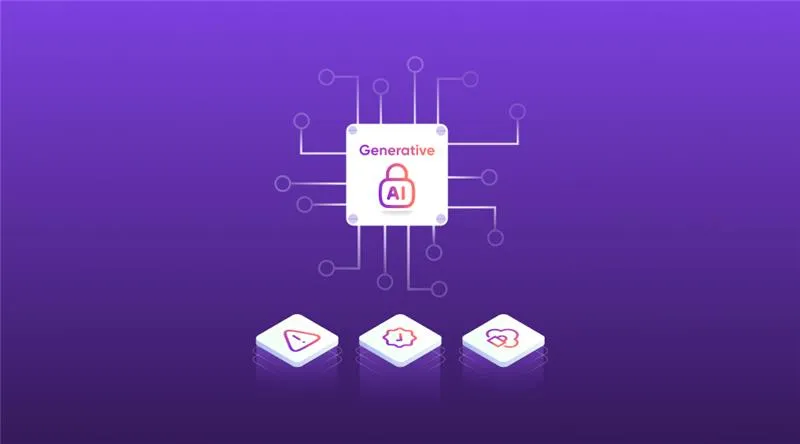
Technology

7 min
Generative AI is moving fast into enterprises, from banks to hospitals to government agencies. Adoption is rapid, but security planning lags. Unlike traditional systems, these models can be exploited through prompt injection, poisoned data, or manipulated to leak sensitive information. They are also misused for phishing, deepfakes, and malicious code.

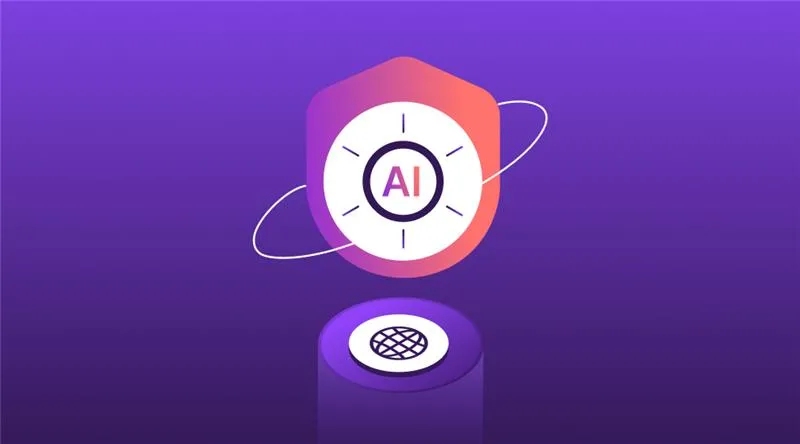
Technology

7 min
AI-powered Web Application Firewalls (WAFs) go beyond static rules by using machine learning, anomaly detection, and predictive analysis to block zero-day threats, reduce false positives, and protect APIs at scale. Unlike traditional WAFs, they self-learn, adapt in real time, and cut operational costs while improving compliance and trust.

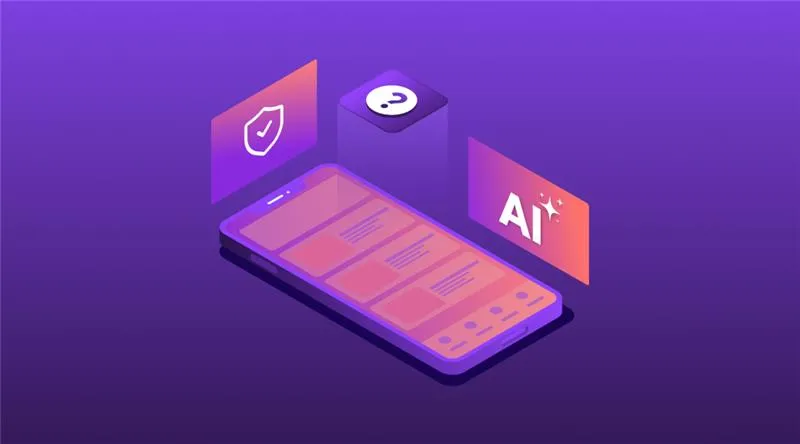
Technology

5 min
AI is redefining mobile app security by transforming how threats are detected, tested, and prevented. From continuous monitoring and fraud detection to compliance with regulations, AI ensures apps remain resilient against modern risks. This means safer apps, protected users, and stronger businesses. Investing in AI-driven security today builds trust, drives growth, and secures long-term competitive advantage.

Feeling lost!! Book a slot and get answers to all your industry-relevant doubts